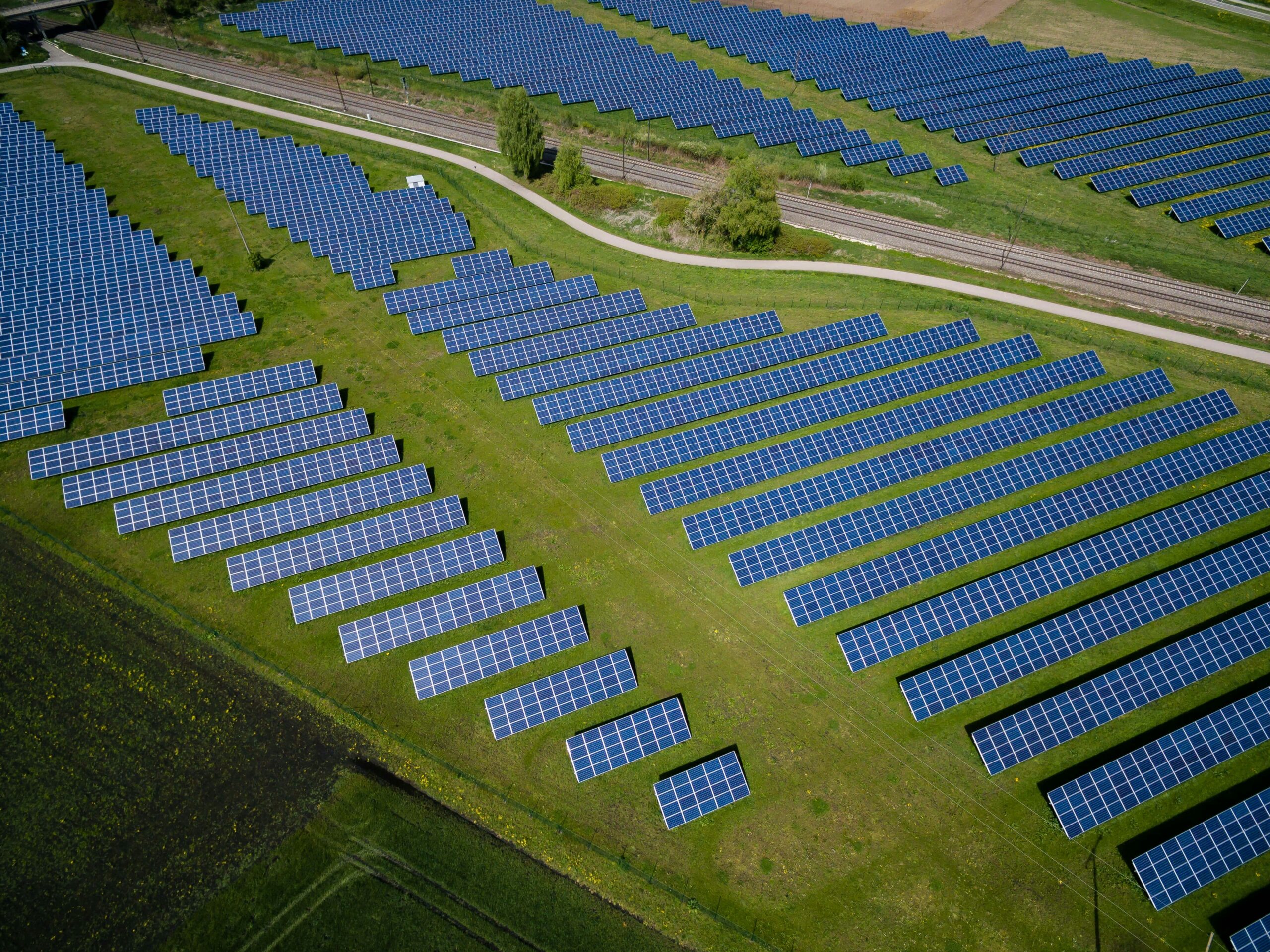In today’s rapidly evolving world, access to clean and reliable energy is becoming increasingly important. While grid-connected electricity is readily available in many urban areas, there are still millions of people living in remote locations or off-grid communities who lack access to this essential resource. Renewable energy sources, such as solar and wind power, have emerged as viable solutions to bridge this energy gap.
However, the successful implementation of renewable energy systems in off-grid communities requires more than just the physical infrastructure. User interface (UI) and user experience (UX) design play a crucial role in ensuring the efficient and effective utilization of these systems.
The Importance of UI/UX in Off-Grid Solutions
UI/UX design focuses on creating user-friendly interfaces and seamless experiences for individuals interacting with technology. In the context of off-grid renewable energy solutions, UI/UX design becomes essential for several reasons:
1. Simplifying Energy Management
Off-grid energy systems often involve a combination of renewable energy sources, energy storage, and energy management systems. A well-designed UI/UX can simplify the complex process of managing energy production, consumption, and storage. Intuitive interfaces that provide real-time data and actionable insights enable users to make informed decisions about their energy usage.
2. Enhancing Energy Efficiency
UI/UX design can contribute to increasing energy efficiency by encouraging users to adopt sustainable practices. Smart energy monitoring systems with engaging interfaces can provide users with personalized energy usage feedback, helping them identify areas where they can reduce consumption. This feedback loop promotes energy-conscious behavior and contributes to the overall efficiency of the off-grid energy system.
3. Promoting User Empowerment
Empowering users to actively participate in managing their energy needs is crucial for the success of off-grid solutions. UI/UX design can facilitate this by providing users with control over their energy systems. Interactive dashboards, customizable settings, and easy-to-understand visualizations empower users to monitor and control their energy generation and consumption, fostering a sense of ownership and engagement.
Innovations in UI/UX for Off-Grid Solutions
As the demand for off-grid renewable energy solutions grows, UI/UX designers are developing innovative approaches to enhance user experiences. Here are a few notable examples:
1. Mobile Applications
Mobile applications provide a convenient platform for users to interact with their off-grid energy systems. These apps offer features such as real-time energy monitoring, remote system control, and personalized energy usage insights. By leveraging the widespread use of smartphones, UI/UX designers can create intuitive and accessible interfaces that empower users to manage their energy needs on the go.
2. Gamification
Gamification techniques can be employed to make energy management more engaging and enjoyable. By incorporating elements of competition, rewards, and achievements, UI/UX designers can motivate users to adopt energy-saving practices. For example, users can earn points or badges for meeting energy reduction targets or for consistently using renewable energy sources. This gamified approach encourages sustainable behavior and creates a sense of accomplishment.
3. Voice User Interfaces (VUI)
Voice user interfaces, such as voice assistants or voice commands, have the potential to simplify user interactions with off-grid energy systems. By enabling users to control their energy systems through voice commands, UI/UX designers can create hands-free and accessible experiences. VUIs can be particularly beneficial for individuals with limited mobility or those who are not familiar with traditional user interfaces.
4. Data Visualization
Data visualization techniques can transform complex energy data into easily understandable visual representations. UI/UX designers can create interactive charts, graphs, and infographics that provide users with clear insights into their energy usage patterns. These visualizations help users identify trends, set goals, and make informed decisions about their energy consumption.
The Future of UI/UX in Off-Grid Solutions
As technology continues to advance, UI/UX innovations will play an increasingly significant role in optimizing off-grid renewable energy solutions. The future holds exciting possibilities, including:
1. Artificial Intelligence (AI) Integration
AI-powered UI/UX can enhance off-grid energy systems by analyzing user behavior patterns and providing personalized recommendations for energy optimization. AI algorithms can learn from user preferences and adjust system settings accordingly, optimizing energy production and consumption based on individual needs and preferences.
2. Augmented Reality (AR) Interfaces
AR interfaces have the potential to revolutionize the way users interact with off-grid energy systems. By overlaying digital information onto the physical environment, AR can provide real-time energy data, system status updates, and interactive guides for maintenance and troubleshooting. This immersive experience can simplify complex tasks and empower users to take full control of their energy systems.
In conclusion, UI/UX design is a crucial component of successful off-grid renewable energy solutions. By simplifying energy management, enhancing energy efficiency, and promoting user empowerment, well-designed interfaces contribute to the overall effectiveness and sustainability of off-grid systems. As technology continues to evolve, UI/UX innovations will play an increasingly significant role in optimizing user experiences and driving the adoption of renewable energy access for all.





Leave a Reply